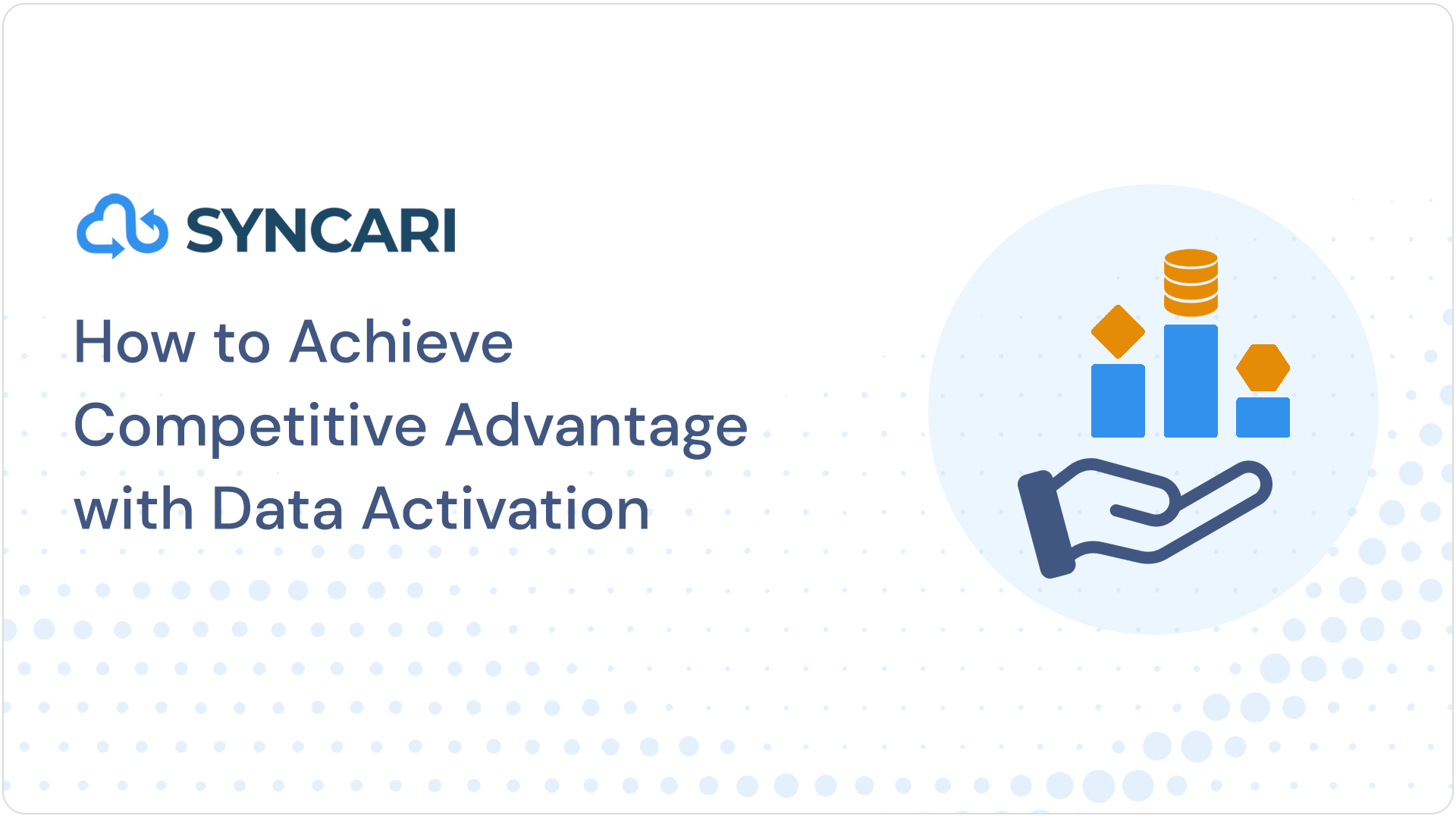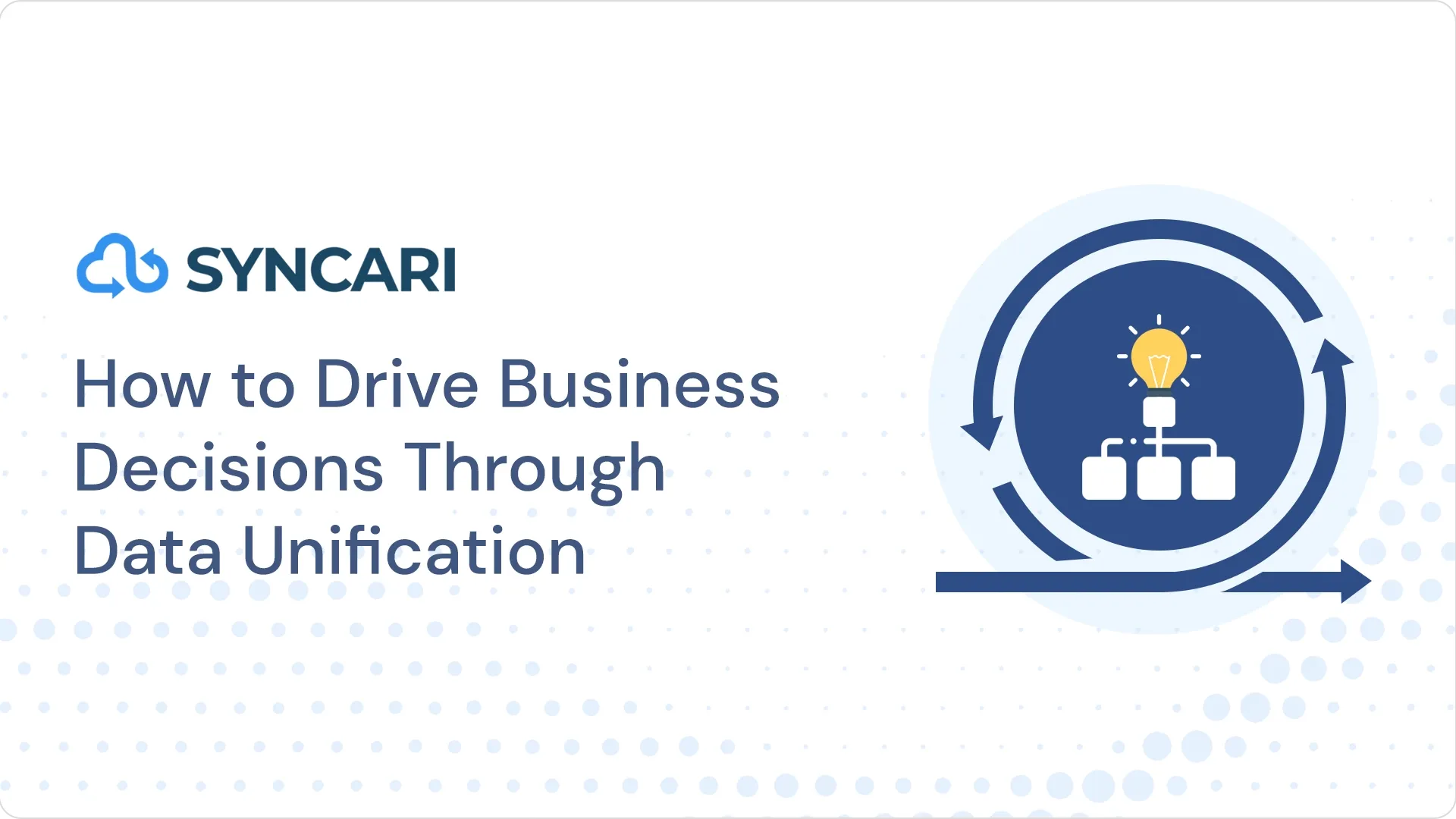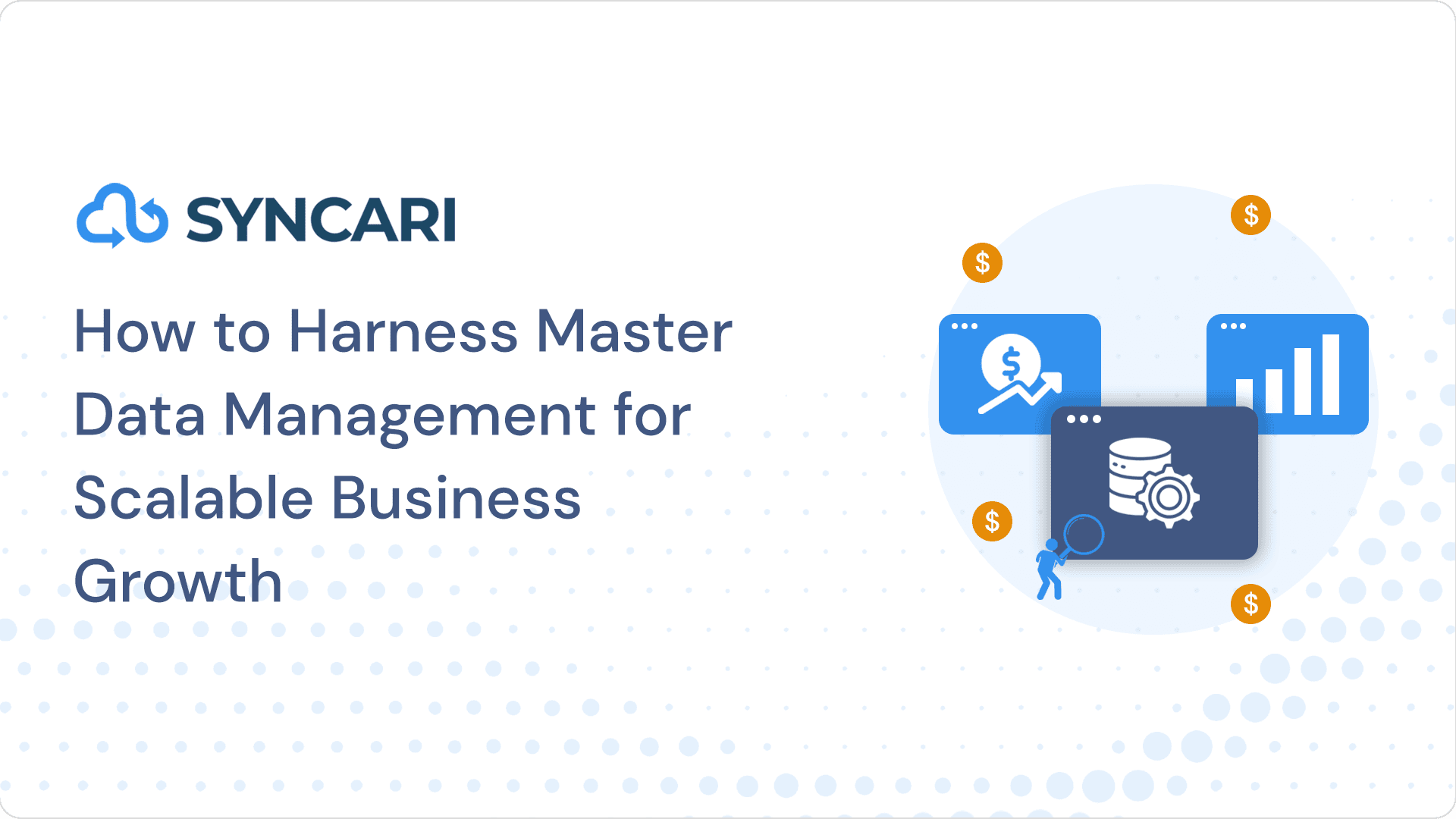Gone are the times when you had to keep everything in excel or google sheets. Automation software is the new normal for keeping and managing workflow these days. Automating workflows using platforms such as Zapier and Integromat promises to help reclaim lost time.
Zapier and Make (formerly Integromat) are two of the most popular tools for integrating software. They both have large user bases and integrate with many applications. So what’s the best choice for you? Or is there even a better option that exists other than these two?
Let us find out all the answers in this Zapier Vs. Integromat comparison.
How workflow automation benefits workers?
Most aspects of online work are significant. Often, you will be able to work from home. You can find your food in the refrigerator. You can listen to your music and feel completely comfortable.
However, it’s easier than ever to procrastinate because of the abundance of distractions.
The feeling that your entire life has turned into one big workday is also quite common, particularly if you start your day early and finish late.
There are a few reasons why automation tools are specifically designed for people who work online. You can usually automate part of your work if you get creative enough.
It is beneficial to automate workflows whenever possible in order to increase efficiency and accuracy, as well as to achieve faster operations.
Additionally, workflow automation is important for the following reasons:

- High-value tasks
Automation allows workers to focus on higher-value, nonautomated tasks by relieving them of mundane, low-value tasks. - Cost savings
Most companies have witnessed cost savings resulting from increased productivity. - Visibility
Automated software is programmed using workflow mapping, which provides visibility into the processes. It gives an organization a top-down view of its workflows, which can help it remove outdated or redundant tasks. - Communication
This enhanced visibility will further improve employee and interdepartmental communication, thus reducing bottlenecks and enhancing efficiency. - Customer service advantages
Organizations can improve customer service and satisfaction by automating responses to customer inquiries. The 2021 Global Customer Success Survey from software maker SmartKarrot found that 84% of executives believe automation is important to their customer service operations. - Quality of the product
The quality of a product improves when human error is eliminated. - Monitoring performance
Automation can track workflow performance from end to end by digitizing tasks within a workflow. As a result, an organization can easily assess how well its business is performing.
Here are a few examples of how workflow automation can simplify your life:
- Share your daily task summary in Slack, so everyone on your team knows what you’ve accomplished
- Send an email sequence to new employees setting up their accounts and providing training resources
- Prepare a new weekly status report template for your use
Now that you have understood why workflow automation is essential let us talk about the foremost service providers in the market, i.e., Integromat and Zapier. We need to compare these two and find out which stands the best or if there is any other option.
Zapier Vs. Integromat: A Brief Comparison
It is considered Zapier has a simple, click-based interface that makes integrating easy. This software is mainly aimed at small businesses and individuals who want to automate simple workflows.
However, Integromat offers more complex functionality for users who need more than just the basics. But is that all true? Let us find out.
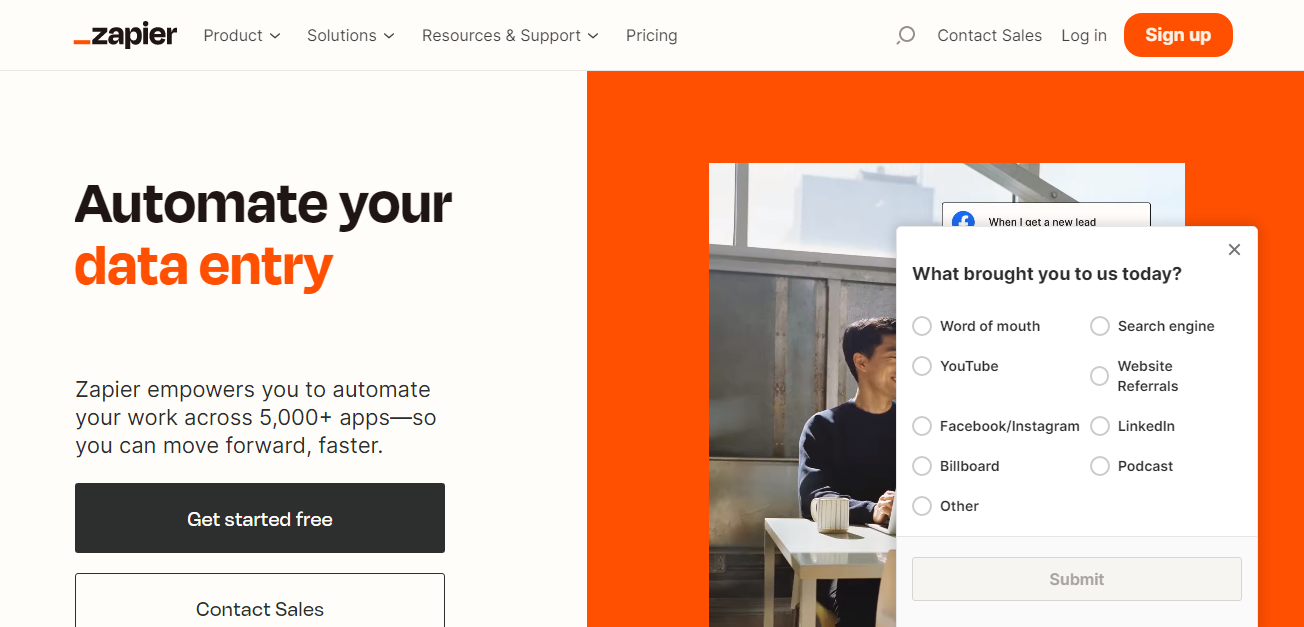
Price Comparison – Zapier vs. Integromat
Before we delve deeper into the differences between these two automation platforms, we should look at their pricing because it will influence a lot of your decisions. Both platforms offer a free plan, but the pricing structure is different.
According to the information given below, Zapier appears to be the more expensive option. Zapier’s free plan has only 100 free tasks per month, while Integromat’s free plan has 1,000 operations per month.
There is little difference between tasks and operations here, just different terminologies. When you compare Zapier’s Starter plan with Integromat’s Free plan, Zapier trails by 250 tasks or operations per month, while Integromat offers a starter plan with 750 tasks per month.
Further, Integromat offers the most expensive plan, which costs $299 per month for 800,000 operations per month, while Zapier’s is $599 for 100,000 tasks.
Zapier
- $0 – Free with 100 tasks/month.
- $19.99 – Starter plan with 750 tasks/month.
- $49.00 – Professional program with 2,000 jobs/month.
- $399.00 – Team plan with 50,000 jobs/month.
- $799 – Company plan with 100,000 tasks/month.
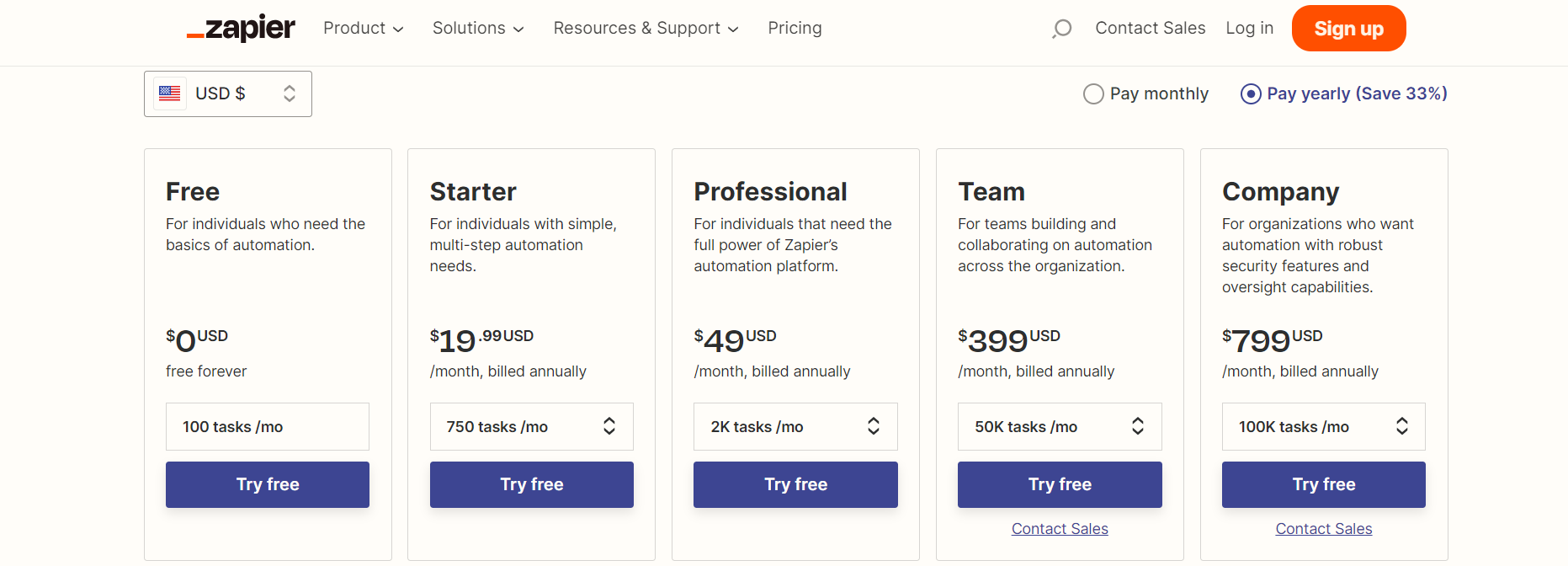
See Zapier’s Pricing Plans plus all features included.
Integromat
- $0 – Integromat offers free with 1,000 operations per month.
- $9 – Basic with 10,000 operations per month.
- $29 – Standard with 40,000 operations per month.
- $99 – Business with 150,000 operations per month.
- $299 – Platinum plan with 800,000 operations per month.
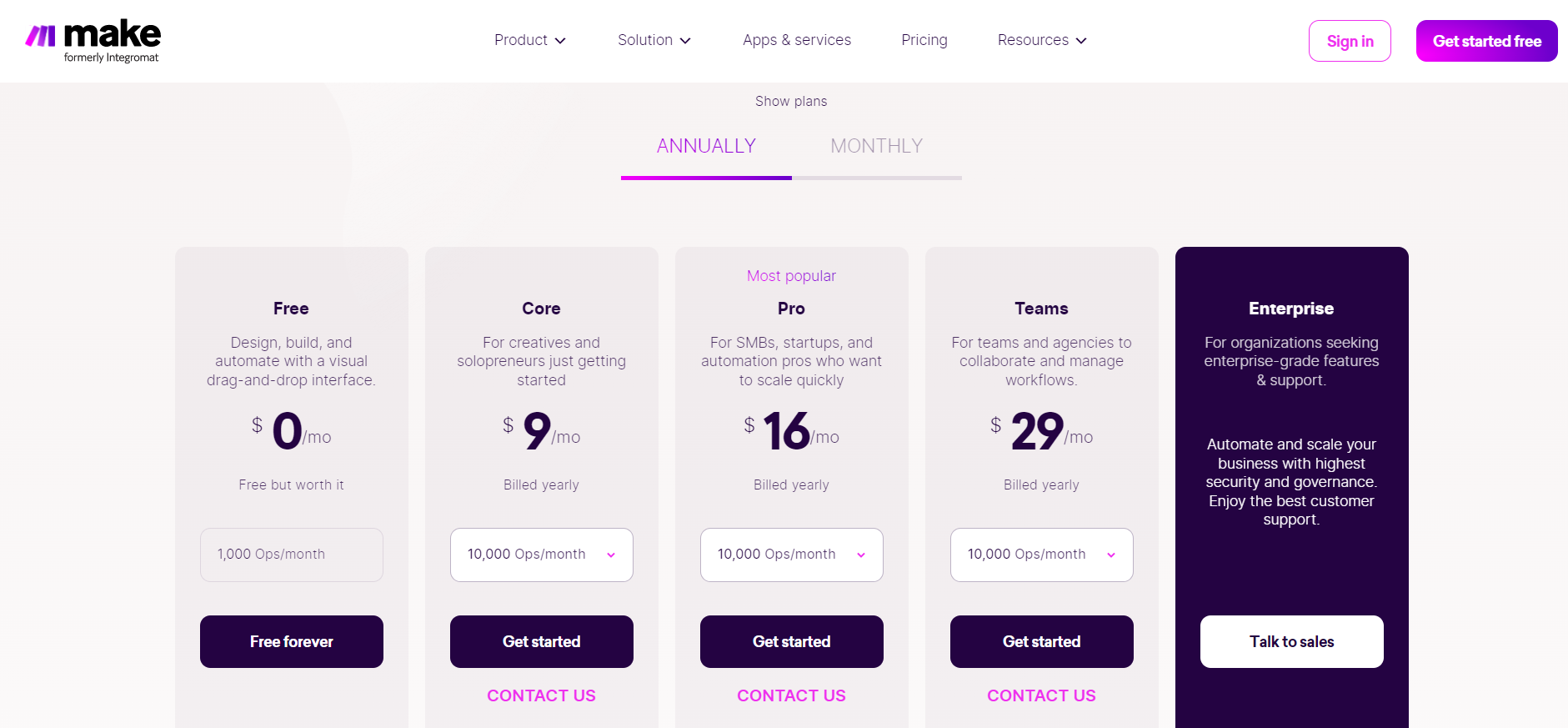
See Integromat’s Pricing Plans plus all features included.
However, price isn’t the only factor to consider when choosing software. You need to understand their key features as well. One may suit your needs better than the other, based on your skill set. So let us compare their features to know more.
Key Feature Comparison – Zapier vs. Integromat
While both platforms offer a variety of critical features, they differ in some fundamental ways. They provide different solutions for advanced scenarios.
Integromat provides HTTP calls, JSON parsing, visual routing, and advanced error management. 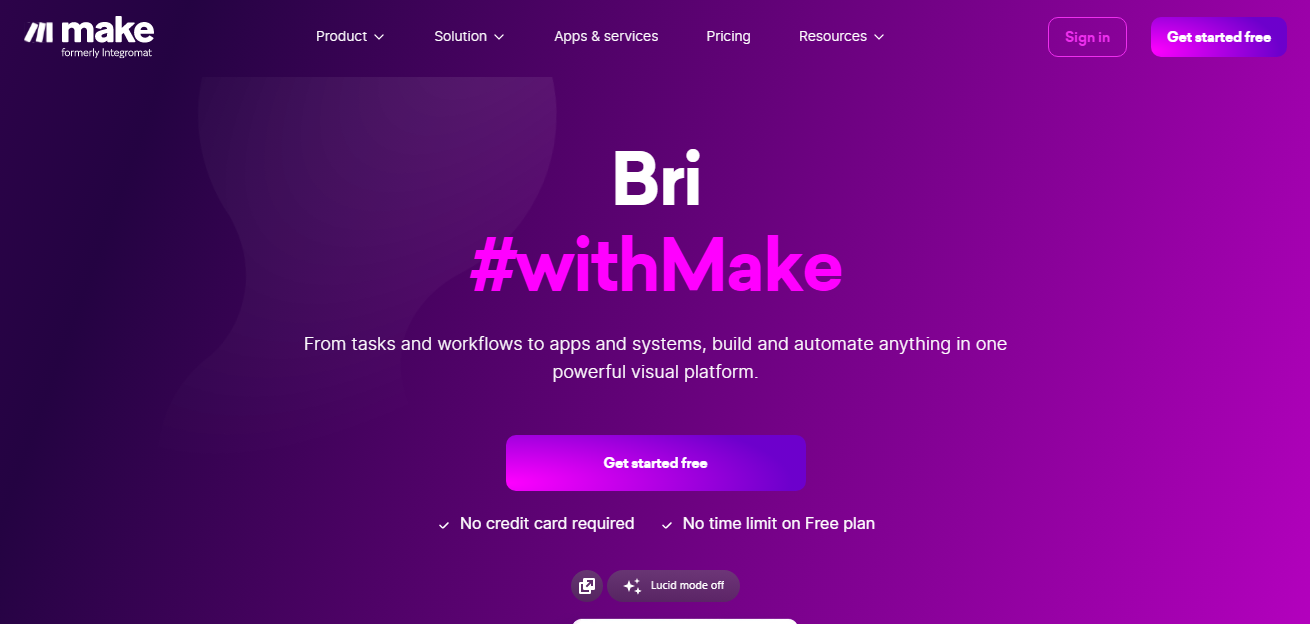
On the other hand, Zapier offers a simpler range of functionality targeted more at marketing-focused business owners who don’t require complex integrations.
A more detailed comparison of both feature sets is provided below:
Zapier features
Triggers
A Zapier Trigger is an event that initiates a Zap. For instance, your CRM could alert you to new contacts, or your eCommerce platform could alert you to new orders. Zapier can automatically add new contacts or orders to your mailing list or create follow-up tasks when they are added.
You can also use Triggers to monitor changes to existing data: maybe someone changed their address, or an order status changed from “pending” to “shipped.” You can automate just about any task using Zapier’s Trigger-Action model!
A Zap can’t be set up without Triggers – without a Trigger, you cannot take any action. Whenever you’re setting up your Zap, the first question you need to answer is: what event do I want to watch for? You can then choose your Action once Zapier asks for additional information (such as the CRM or eCommerce platform to use). You can do it in a few clicks!
Though Zapier is a great tool, it does not have the capability of doing everything. You need to do custom coding for some integrations. The only way to achieve your goals may be to write code directly to communicate with the API if you are working with a bespoke application.
Actions to manage complex workflows
The next step in the workflow is to implement Zapier actions. Zapier will perform some automated action when it recognizes the trigger event. Zapier can, for example, create a new task in Asana (Action) when someone schedules a meeting with you in Calendly (Trigger). This way, data transfer becomes easy.
Multi-step Zaps – No coding knowledge Required
Your team will love Zapier’s multi-step Zaps. All the apps provide similar features, but Zapier is a little different. You can chain together multiple integrations to create complex workflows.
For instance, whenever someone schedules a meeting with you on Calendly, a Zap could automatically complete a new task in Asana.
Here is where the magic happens. The value of Zapier lies in its ability to create information flows between different apps.
Custom Coding
When it comes to running scripts, Zapier beats Integromat. Since Zapier has built-in support for Python and JavaScript, using it is a clear choice if you want to execute code using Python or JavaScript. It’s not available yet in Integromat, despite requests for years. You can execute Python scripts using Google Cloud Functions as a workaround for Integromat.
Filter conditions
Zaps can be approved or denied by filters based on different rules or conditions. By setting up a filter, you tell Zapier to check a specific field in a previous step.
Only the type of information specified in parentheses will work with these conditions. As an example, if you select (Text) Contains when setting up a filter, you’ll be checking the text of the field on which the filter is applied.
Formatter
With Zapier’s Lookup Table formatter, you can be sure Zapier always finds the correct data. On the left column, add each of the entries from the first app and its equivalent in another app on the right-and add a fallback option in case Zapier doesn’t find a match.
Integromat features
In addition to triggers and actions, Integromat also offers multi-step integrations like Zapier. However, it goes far beyond these basic features. It’s positioned almost like a logic and API tool without the need for coding. The following are some of the most notable features.
Data manipulation
Integromat provides a wide range of data manipulation features, such as formatting dates and extracting numbers from strings.
You need this type of advanced feature if you want to automate calculations on your data. When it comes to setting up the functions, there is a learning curve. You will be able to pick it up quickly if you’ve written Excel formulas before.
Visual routing
Visual routing lets you see how data flows between your integrations visually. Anyone who has used an email integration tool like ActiveCampaign or ConvertKit would be familiar with this feature.
Visual routing in Make allows the branching of steps in integrations, asynchronous delays, and data storage for future manipulation of integration results.
Detailed information about each execution
Make’s automation provides a JSON-like breakdown of properties associated with each execution step.
Iterators
Another concept borrowed from coding is Integromat iterators. It is basically a loop that repeats an action until a certain condition is met. Using the Make team list, attachments from emails are stored – the email is iterated multiple times until the attachments are processed.
HTTP
A web server runs on HTTP, which is the protocol that runs the web. How does this affect you? With Integromat’s HTTP integrations, you can download files from a URL, make an HTTP request, process the response, and even make an OAuth2.0 request.
These are the types of requests executed by backend applications. It’s pretty advanced stuff, and it is cool to be able to execute code without writing and testing it yourself.
Data storage
The data storage feature allows you to run delayed, aggregated calculations. You could, for instance, conduct an audience survey and hold the responses for a week in data storage, so users have time to respond.
Once all the responses are in, you can use the function to determine the average answer, which could then be forwarded to your Slack channel.
Learning Curve Comparison
Both tools serve the same purpose at their core. But there is a big difference in the learning curve between them.
Zapier is incredibly easy to use. A few clicks are all it takes to get started. With the streamlined interface, they aim to create as few distractions as possible and guide you through the process smoothly.
Zapier, on the other hand, does not offer as many features and functionality as Make (Integromat). Therefore, it takes a bit of time to understand and implement correctly. Despite this, Integromat provides extensive documentation and tutorials that will assist you in getting up and running quickly.
Error Handling Comparison
The main consideration for some companies when choosing Zapier vs Integromat is reliability.
The task of finding and fixing broken Zaps can be overwhelming, especially if your automation involves a lot of data.
When it comes to handling errors, Zapier offers some flexibility. Zapier can automatically retry failed tasks or send you an email notification when an error occurs.
On the other hand Integromat can process complex features quickly. You can use its playful drag-and-drop interface to connect apps in a few clicks, and build limitless workflows.
However, it has a difficult learning curve and not enough educational resources for someone who does not have a technical bent.
So you can decide which workflow automation software is good for you. But if you need the best option other than Zapier or Make, then switch to Syncari.
Choose Syncari – The Best Integration Software
Syncari Pricing
Syncari’s pricing is based on the number of records you manage, making it easy to predict costs and avoid unexpected expenses. Each Syncari instance includes pipelines, connectors, API calls, tasks, and transactions. Build unlimited pipelines, connect multiple systems, and run them as often as needed, all without worrying about additional costs.
Note:
The Syncari record is a unified record that contains data from multiple sources. The Syncari Synapses provide deep integration for operations like merges and soft-delete, and manage the impact of schema changes across every connected Synapse.
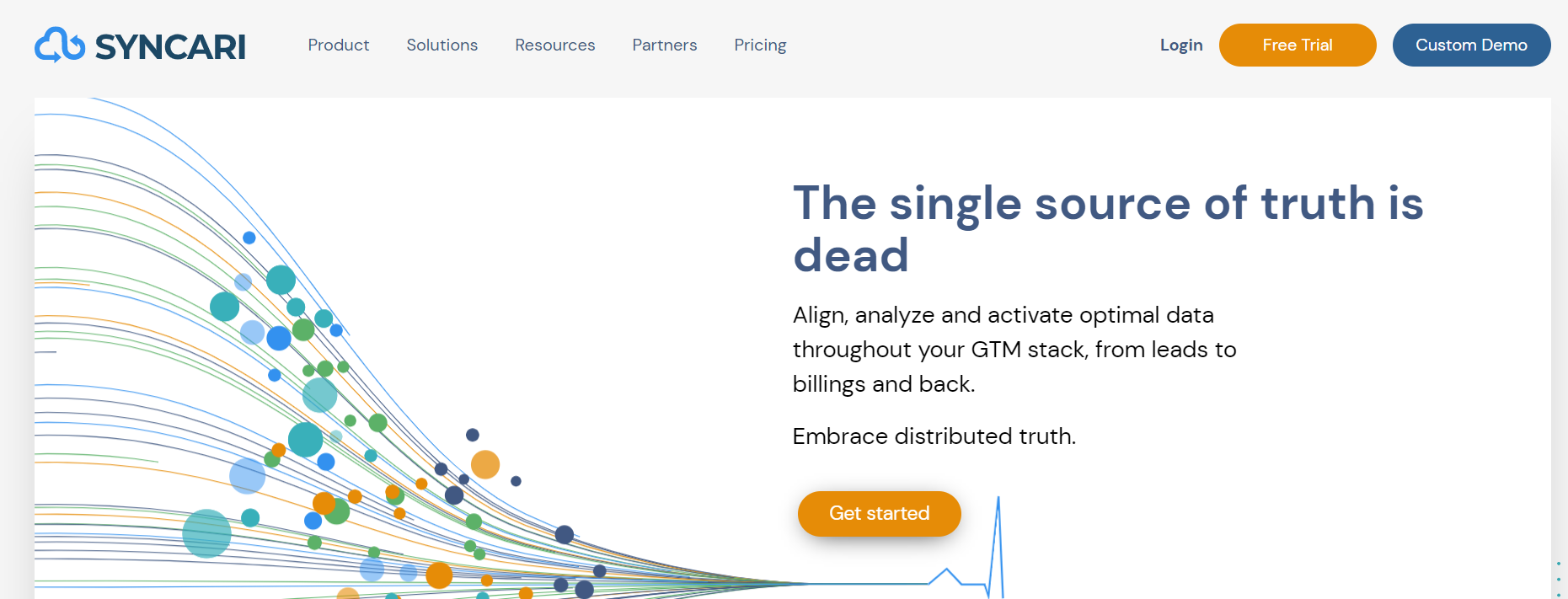
Syncari is a complete, no-code data platform for workflow automation. Moreover, we provide competitive prices and amazing features. So check out their plan and get your package today!
